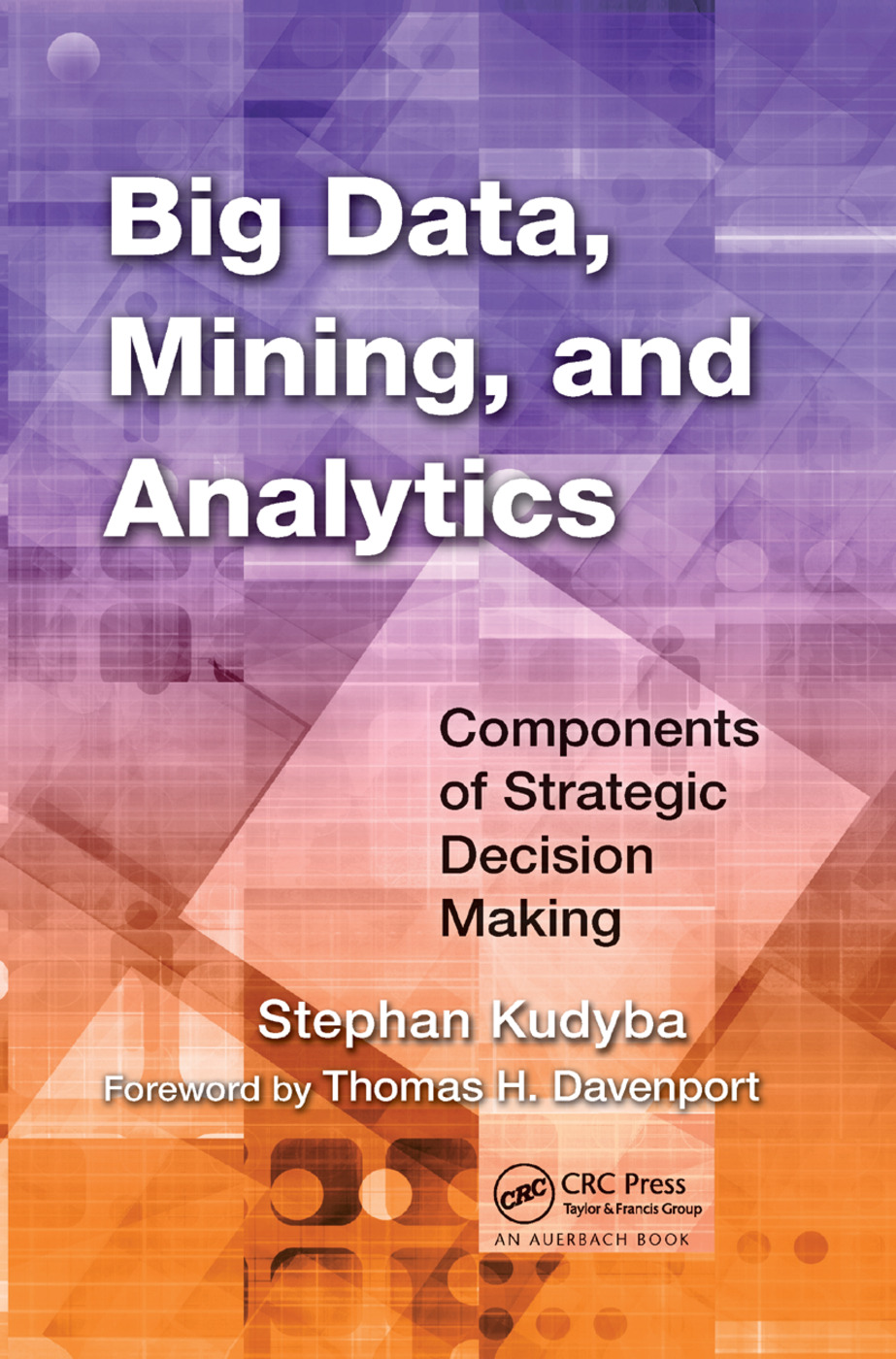τSQWRL: A TSQL2-Like Query Language for Temporal Ontologies Generated from JSON Big Data
IF 6.2
1区 计算机科学
Q1 COMPUTER SCIENCE, ARTIFICIAL INTELLIGENCE
引用次数: 0
Abstract
Temporal ontologies allow to represent not only concepts, their properties, and their relationships, but also time-varying information through explicit versioning of definitions or through the four-dimensional perdurantist view. They are widely used to formally represent temporal data semantics in several applications belonging to different fields (e.g., Semantic Web, expert systems, knowledge bases, big data, and artificial intelligence). They facilitate temporal knowledge representation and discovery, with the support of temporal data querying and reasoning. However, there is no standard or consensual temporal ontology query language. In a previous work, we have proposed an approach named τJOWL (temporal OWL 2 from temporal JSON, where OWL 2 stands for “OWL 2 Web Ontology Language” and JSON stands for “JavaScript Object Notation”). τJOWL allows (1) to automatically build a temporal OWL 2 ontology of data, following the Closed World Assumption (CWA), from temporal JSON-based big data, and (2) to manage its incremental maintenance accommodating their evolution, in a temporal and multi-schema-version environment. In this paper, we propose a temporal ontology query language for rJOWL, named rSQWRL (temporal SQWRL), designed as a temporal extension of the ontology query language-Semantic Query-enhanced Web Rule Language (SQWRL). The new language has been inspired by the features of the consensual temporal query language TSQL2 (Temporal SQL2), well known in the temporal (relational) database community. The aim of the proposal is to enable and simplify the task of retrieving any desired ontology version or of specifying any (complex) temporal query on time-varying ontologies generated from time-varying big data. Some examples, in the Internet of Healthcare Things (IoHT) domain, are provided to motivate and illustrate our proposal.τSQWRL:一种类似TSQL2的JSON大数据时态本体查询语言
时间本体不仅可以表示概念、它们的属性和它们的关系,还可以通过定义的显式版本控制或通过四维持久主义视图来表示时变信息。它们被广泛用于在属于不同领域的几个应用程序(例如,语义网、专家系统、知识库、大数据和人工智能)中正式表示时态数据语义。它们在时间数据查询和推理的支持下,促进了时间知识的表示和发现。然而,目前还没有标准的或一致的时态本体查询语言。在之前的工作中,我们提出了一种名为τJOWL的方法(时态OWL2来自时态JSON,其中OWL2代表“OWL2 Web本体语言”,JSON代表“JavaScript对象表示法”)。τJOWL允许(1)根据封闭世界假设(CWA),从基于时态JSON的大数据中自动构建时态OWL2数据本体,以及(2)在时态和多模式版本环境中管理其增量维护,以适应其演变。在本文中,我们为rJOWL提出了一种时态本体查询语言,称为rSQWRL(时态SQWRL),它是本体查询语言语义查询增强型Web规则语言(SQWRL,Semantic query enhanced Web Rule language)的时态扩展。这种新语言的灵感来自于一致时态查询语言TSQL2(TemporalSQL2)的特性,TSQL2在时态(关系)数据库社区中很有名。该提案的目的是实现并简化检索任何期望的本体版本的任务,或指定对由时变大数据生成的时变本体的任何(复杂)时间查询的任务。提供了医疗保健物联网(IoHT)领域的一些例子来激励和说明我们的建议。
本文章由计算机程序翻译,如有差异,请以英文原文为准。
求助全文
约1分钟内获得全文
求助全文
来源期刊

Big Data Mining and Analytics
Computer Science-Computer Science Applications
CiteScore
20.90
自引率
2.20%
发文量
84
期刊介绍:
Big Data Mining and Analytics, a publication by Tsinghua University Press, presents groundbreaking research in the field of big data research and its applications. This comprehensive book delves into the exploration and analysis of vast amounts of data from diverse sources to uncover hidden patterns, correlations, insights, and knowledge.
Featuring the latest developments, research issues, and solutions, this book offers valuable insights into the world of big data. It provides a deep understanding of data mining techniques, data analytics, and their practical applications.
Big Data Mining and Analytics has gained significant recognition and is indexed and abstracted in esteemed platforms such as ESCI, EI, Scopus, DBLP Computer Science, Google Scholar, INSPEC, CSCD, DOAJ, CNKI, and more.
With its wealth of information and its ability to transform the way we perceive and utilize data, this book is a must-read for researchers, professionals, and anyone interested in the field of big data analytics.
 求助内容:
求助内容: 应助结果提醒方式:
应助结果提醒方式:


